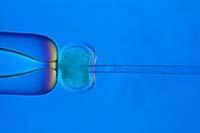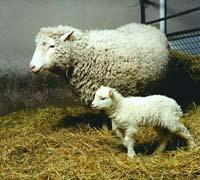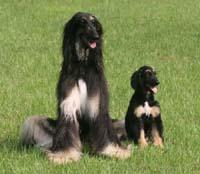Fallen Hero

In theory, scientific journals have strict controls on the veracity of research. You cannot publish any article in them. research should be important, it should pass the study of several experts and finally, if it receives the approval, it is published. For each article published many others are neglected. The fame and credibility of the magazine is at stake.
But Hwang Woo-suf hid the false data well. Thus, Science has not twice published Hwang Woo-suken's works on human cell cloning.
The first took place in 2004. Then he explained that for the first time he managed to clone a human embryo, and that from that embryo the stem cells had developed them. These cells would be very useful because they could become any other type of cell. With these diseases could be cured now incurable. At least, the researchers had that hope.
The article raised dust among scientists and, of course, the media were not on the sidelines. And the news was not any: the Korean researcher got what everyone expected. Yes, for many it exceeded the ethical limit. Precisely because of the ethical problems posed by the creation of a cloned embryo, this type of research is prohibited in many countries.
Days of great glory

Dolly, the first cloned sheep, became famous worldwide. In the picture, with his lamb.
(Photo: Instituto Roslin)
The debate was a great technical advance, since no one had ever succeeded in cloning a human embryo. Sheep, pigs, horses... have managed to clone several animal species in recent years, and in each of them the media have made known the success.
But with the species closest to human beings, primates, no good results were obtained. Therefore, it is no wonder that a human embryo has been cloned. The name Hwang Woo-suks became known worldwide and became hero overnight in his country, Korea.
The reputation achieved by the creator did not crumble over time, since in 2005 he published another successful research following the previous one, again in the journal Science. Then, he explained that he had obtained stem cells compatible with eleven patients. If this were true, it would be a great step towards therapeutic cloning, as it would be possible to create stem cells tailored to patients.
Even more: Hwang Woo-suf indicated that he only used 20 eggs to obtain each line of stem cells. According to this, it greatly improved the technique of stem cell creation, since so far in other mammals between 100 and 200 eggs have been necessary to achieve a single line of stem cells.
Suspicions and judgment

It is the clone of the dog that has next to ErrinoSnuppy, that is, its copy genetically.
(Photo: Hwang Woo-Suk)
The fraud persisted until last month. In December, three scientists who participated in Hwang Woo-sug's research in 2005 revealed false data.
One of them, a doctor at the reproduction service of the Seoul hospital, said that Hwang Woo-suf had confessed to him that he had made the data accurate. He did not obtain patient-compatible stem cells. Another said that Hwang Woo-suf asked him to falsify the images, and the third asked that his name be removed from the published article because he suspected the investigation was false.
These statements caused a scandal. As research was conducted at the University of Seoul, he promised to conduct in-depth research. This institution has now issued its last sentence. But before, Hwang Woo-suf acknowledged his guilt and submitted his resignation.
However, the university has shown how false, what data it invented, and what no lie was right. In 2005 he published another study in the journal Nature. Apparently he managed to clone a dog. And they have shown that at least that is true. Not everything was a lie.
LezioThis question has shown that some are willing to risk for fame. Hwang Woo-suf knew that other researchers would try to redo their research and that at any time someone could realize that something was not right. Or, as has happened, there was a risk that someone from the research team would give the truth. However, Hwang Woo-suk dared to fool. And in the end they have caught him. The different way it affects the two most prestigious scientific journals is striking. In fact, the two works published in Science were shocking, but both were false. The above in Nature was lower, but at least true. Undoubtedly, scientists will draw conclusions and scientific journals will learn the lesson well. |
Published in Deia.
Buletina
Bidali zure helbide elektronikoa eta jaso asteroko buletina zure sarrera-ontzian











